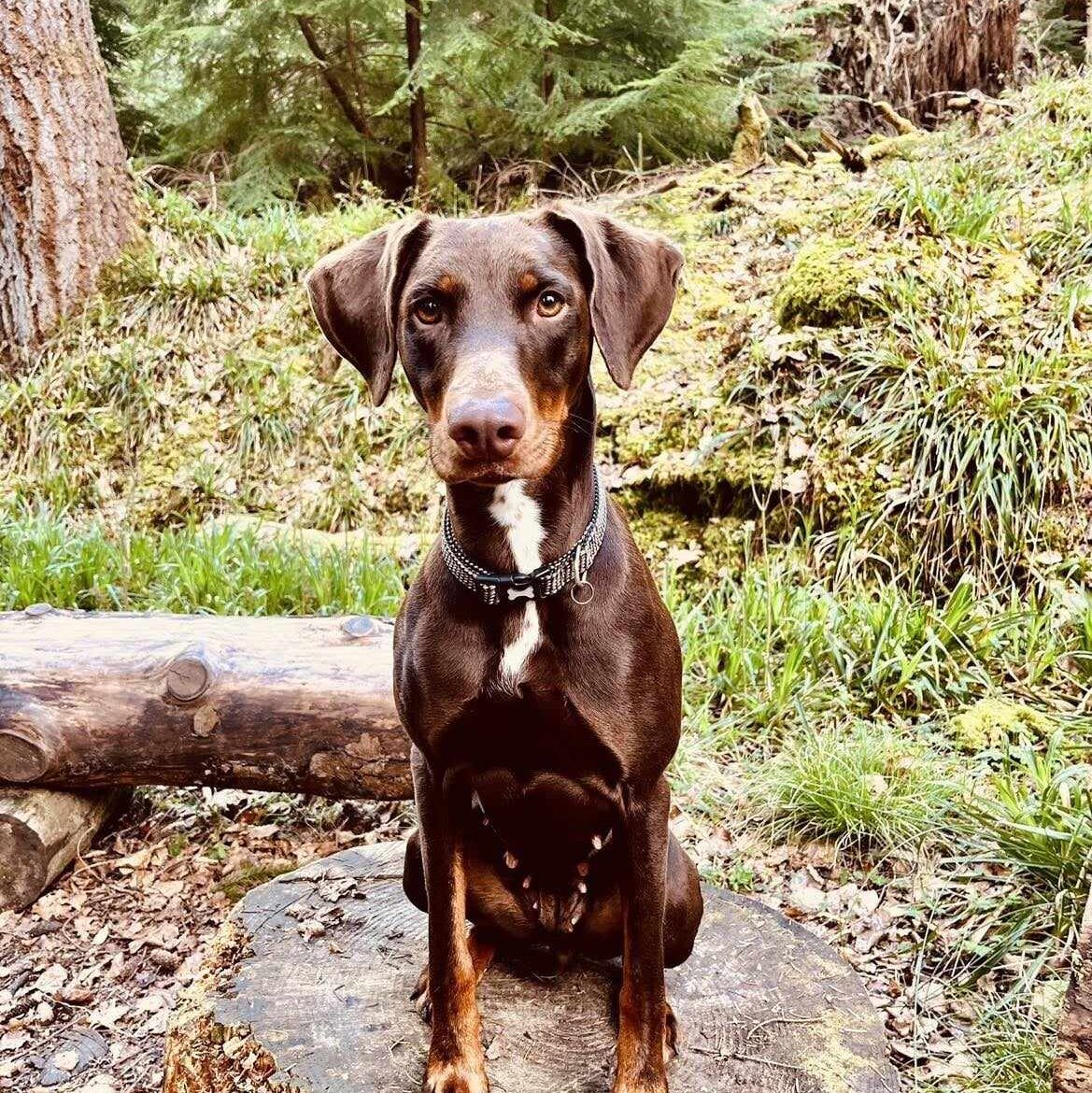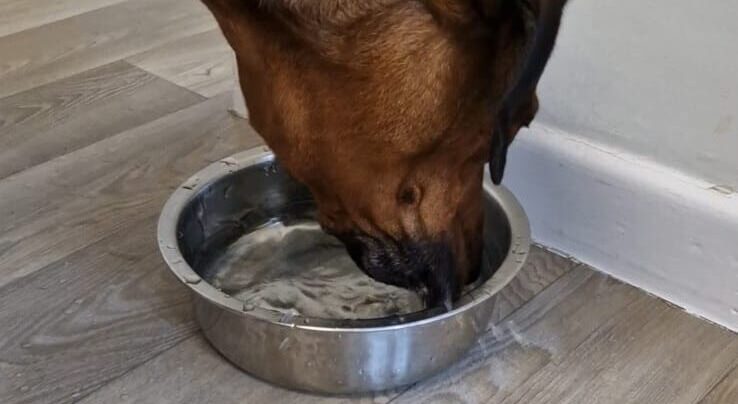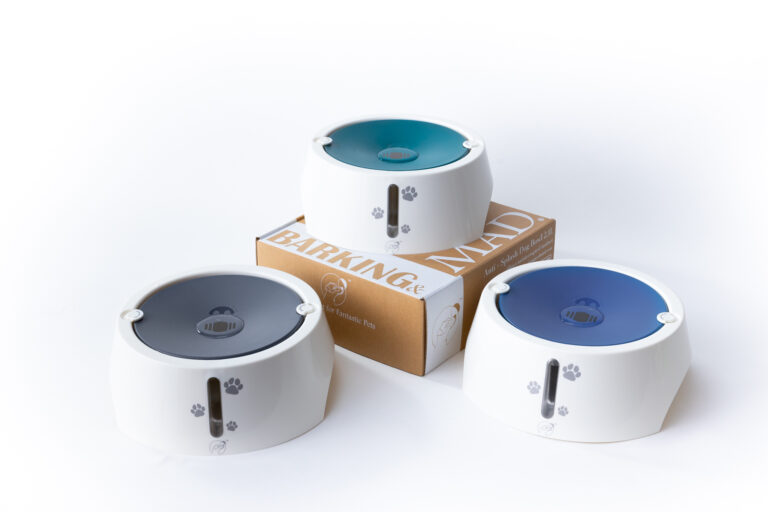Finding the right collar for your dog isn’t just about looks; it’s about comfort and the dog’s safety. Whether you have a feisty Border Collie or a tiny Yorkshire Terrier, getting the right fit is key.
This guide will take you through the steps to get the perfect collar for your dog.
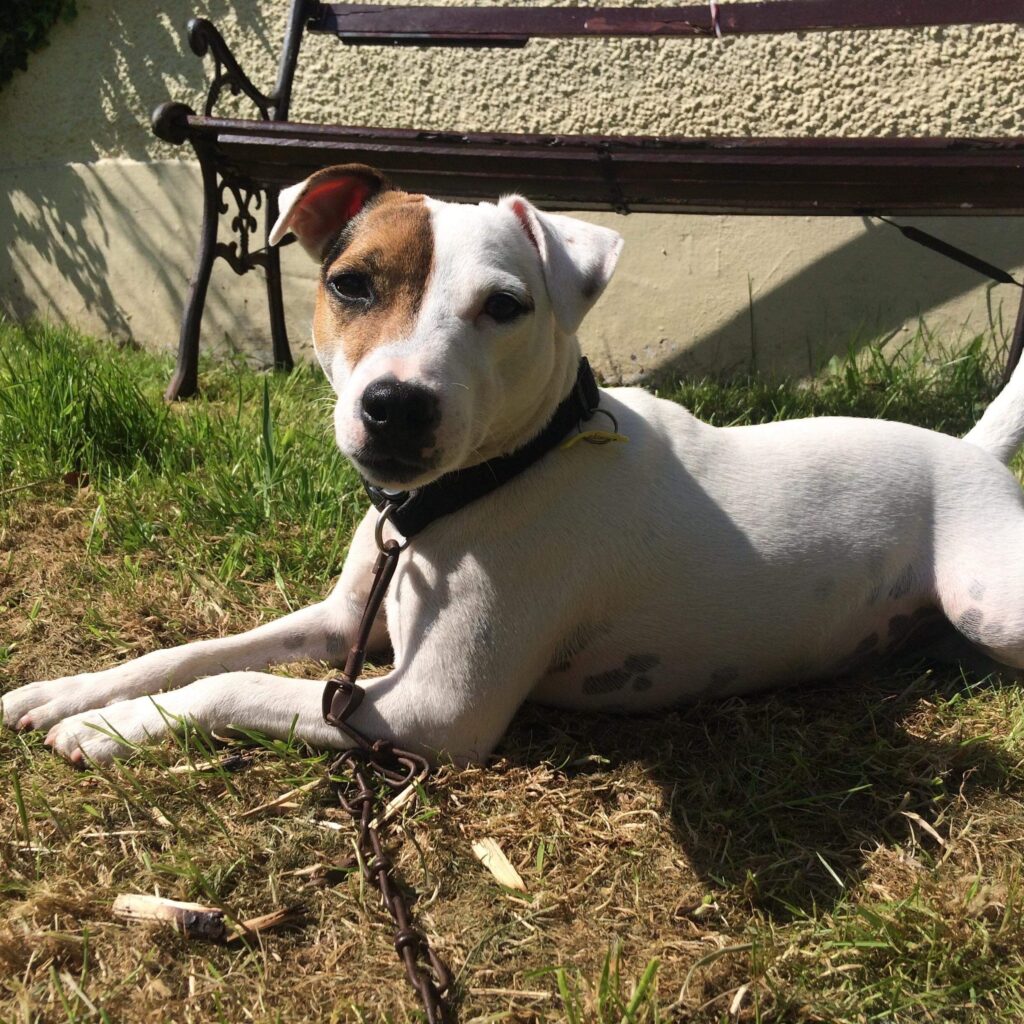
Why a Well Fitting Collar is Important
So i was out for a walk with our family dog, Cassy. Just enjoying the fresh air, when suddenly she slipped out of her collar and ran off. leaving me standing there with a leash in my hand, looking back the collar size may have been two sizes to large.
It’s a scary moment for any dog owner. The right size collar can prevent those moments and keep your dog safe. But how do you measure your dog’s neck? Let’s get into it.
The Basics: Why The Best Collar Size Matters
A collar that’s too tight can be uncomfortable and even painful, one that’s too loose can slip off easily.
Getting the right collar for your dog is crucial for their comfort and your sanity. The right collar not only secures your dog but also allows you to attach ID tags and leashes.
Measure Your Dog’s Neck
Before we get into the steps to size a dog collar, let’s get what you need: a tape measure and your dog as there are many dog collar sizes.

How to Do It – Click on the title to show more info!
Personal Story: Measuring Popcorn
When I first measured Popcorn, using a measuring tape, wrapped it around her neck, added a couple inches to the measurement and voila!
Popcorn had a collar that was just right, not too tight and not too loose and she could run around without any issues, that is the perfect dog collar size.
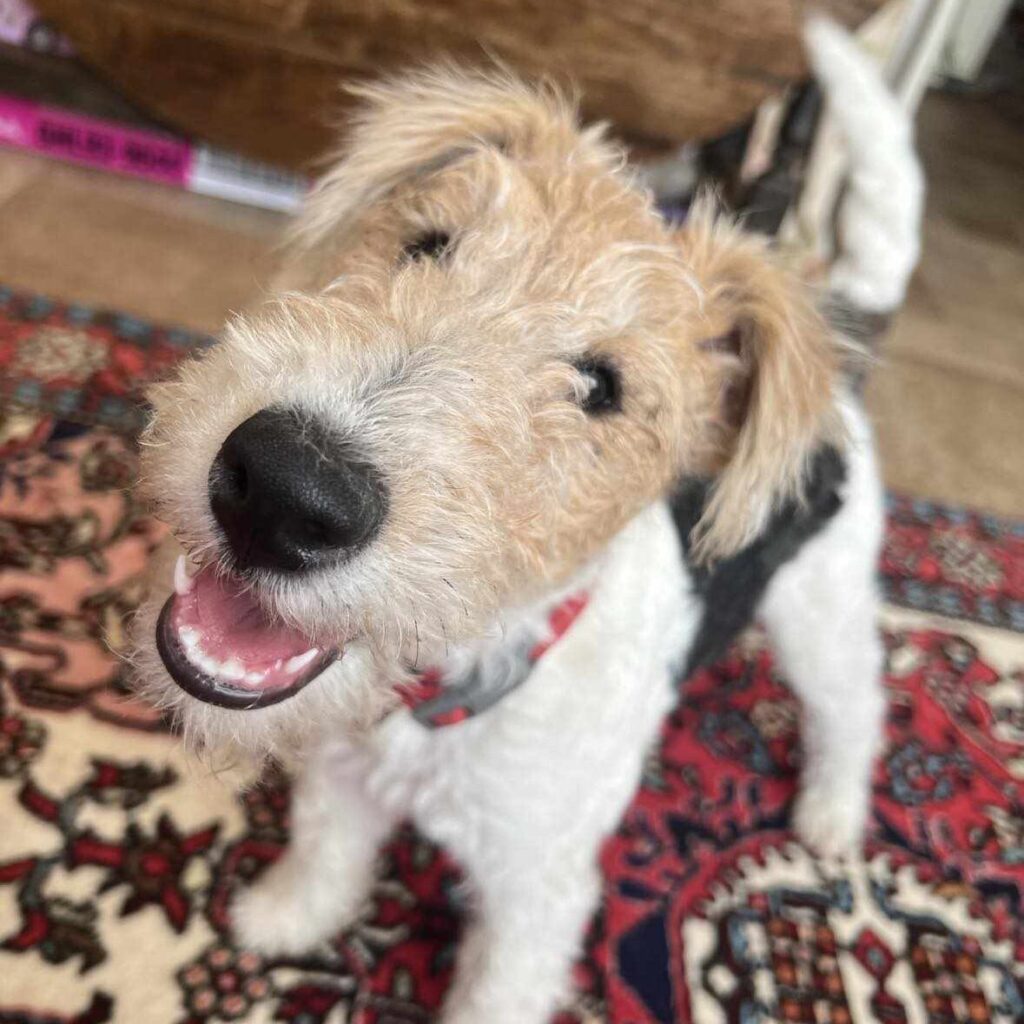
Choosing dog collars the right way
Now that you have your dog’s neck measurement, it’s time to choose the right size. Most collars have a size guide that indicates the neck size range they fit. Here’s a general guide:
XS: Up to 10 inches, for toy breeds like Poodle Toy and Yorkshire Terrier / Border terrier
Small: 10-14 inches, for breeds like Bichon Frise and Jack Russell.
Medium: 14-20 inches, for breeds like Cocker Spaniel and Border Collie.
Large: 18-26 inches, for larger breeds like Golden Retriever and German Shepherd.
XL: 22 inches and up, for breeds like Great Dane and Staffordshire Bull Terrier.
Collar Size Guide
Most pet stores and online shops have a collar size chart to help you find the right fit. These charts list a full range of various breeds and their recommended sizes.
For example, a Boston Terrier would need a small, a German Shepherd would need a large.
I thought I would take it one step further than a simple chart and create a calculator!
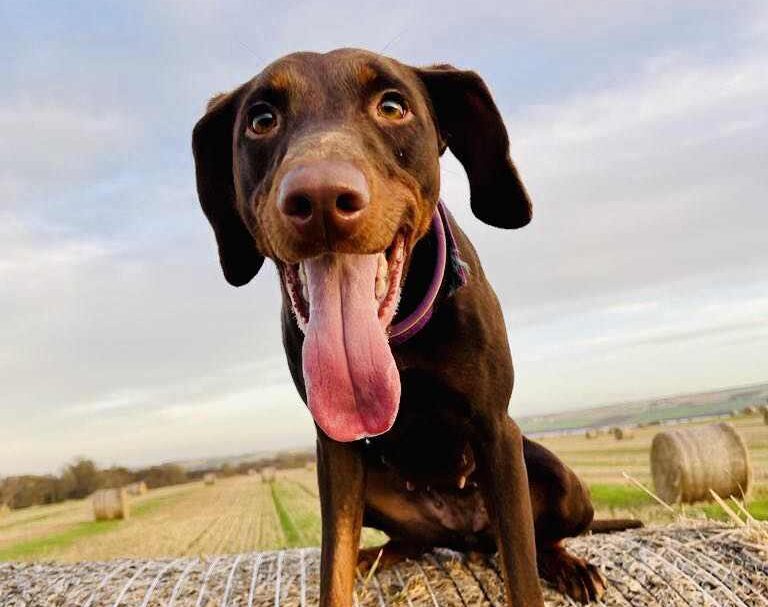
Getting it Right
Now that you have the right size collar, let’s get it on your dog.
The Two-Finger Rule
A simple way to check if the collar is too tight or too loose is the two-finger rule. Once the collar is on your dog you should be able to slide two fingers between the collar and your dog’s neck comfortably. This means the collar is snug but not constricting.
Adjust the Collar
Most collars are adjustable so you can get a perfect fit. Once you have the collar on your dog, adjust it so it sits comfortably around their neck. Not too tight to be uncomfortable or too loose to slip off.
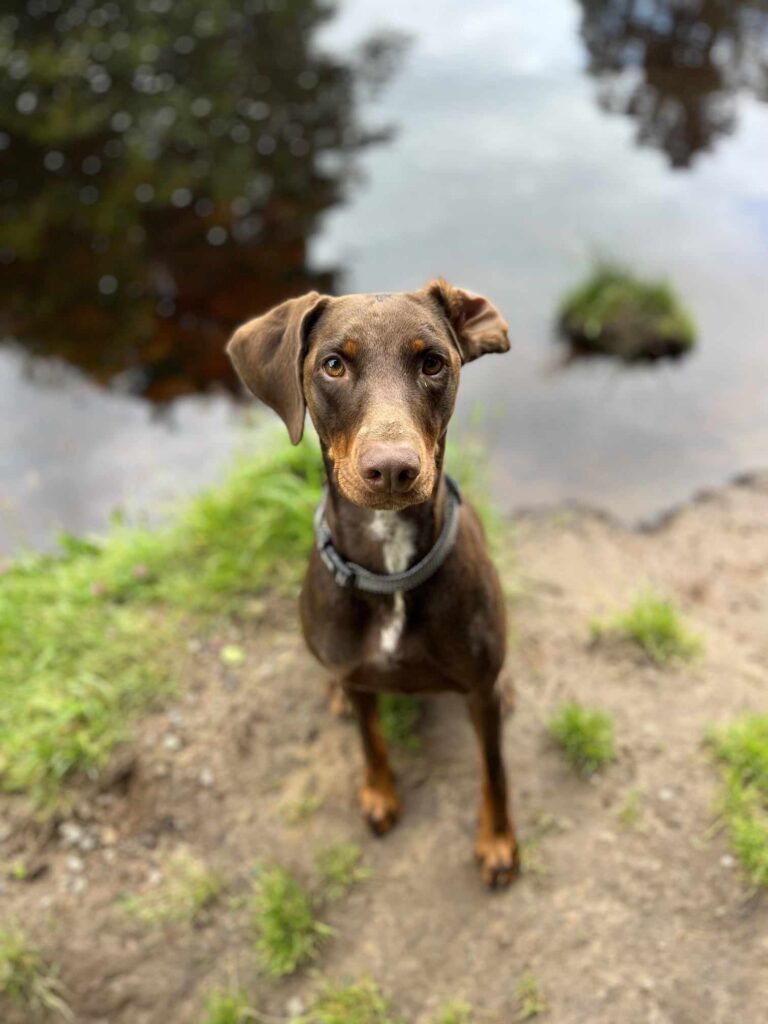
Puppies
Sizing a collar for a puppy requires a bit more attention. Puppies grow fast so you’ll need to measure their neck regularly and adjust the collar size as they grow.
Start with a Small: For young pups start with a small, adjustable collar.
Check weekly: Check the fit of the collar weekly and adjust as needed.
Upgrade as needed: Be prepared to buy new collars as your puppy grows into an adult dog.
Breed Examples and Their Requirements
Breeds may have specific collar requirements based on neck size, activity level and coat type. Here’s a quick look at some breeds and what to consider:
Yorkshire Terriers have tiny necks. Go for a lightweight, XS collar that won’t weigh them down. Adjustable is a must to fit their small frame.
Border Collies are high energy dogs. They need a medium sized collar that can keep up with them. Look for collars made of strong materials like nylon or leather.
Golden Retrievers have thick coats and strong necks. A large collar with adjustable is best. Make sure it fits around their thick coat without being uncomfortable.
Staffordshire Bull Terriers have muscular necks. They need a sturdy, large collar that can handle their strength. Look for a collar that’s both comfortable and durable.
Basset Hounds typically have thick necks relative to their overall size due to their muscular build and loose skin. When sizing a collar for a Basset Hound, you’ll generally need a medium to large size collar.
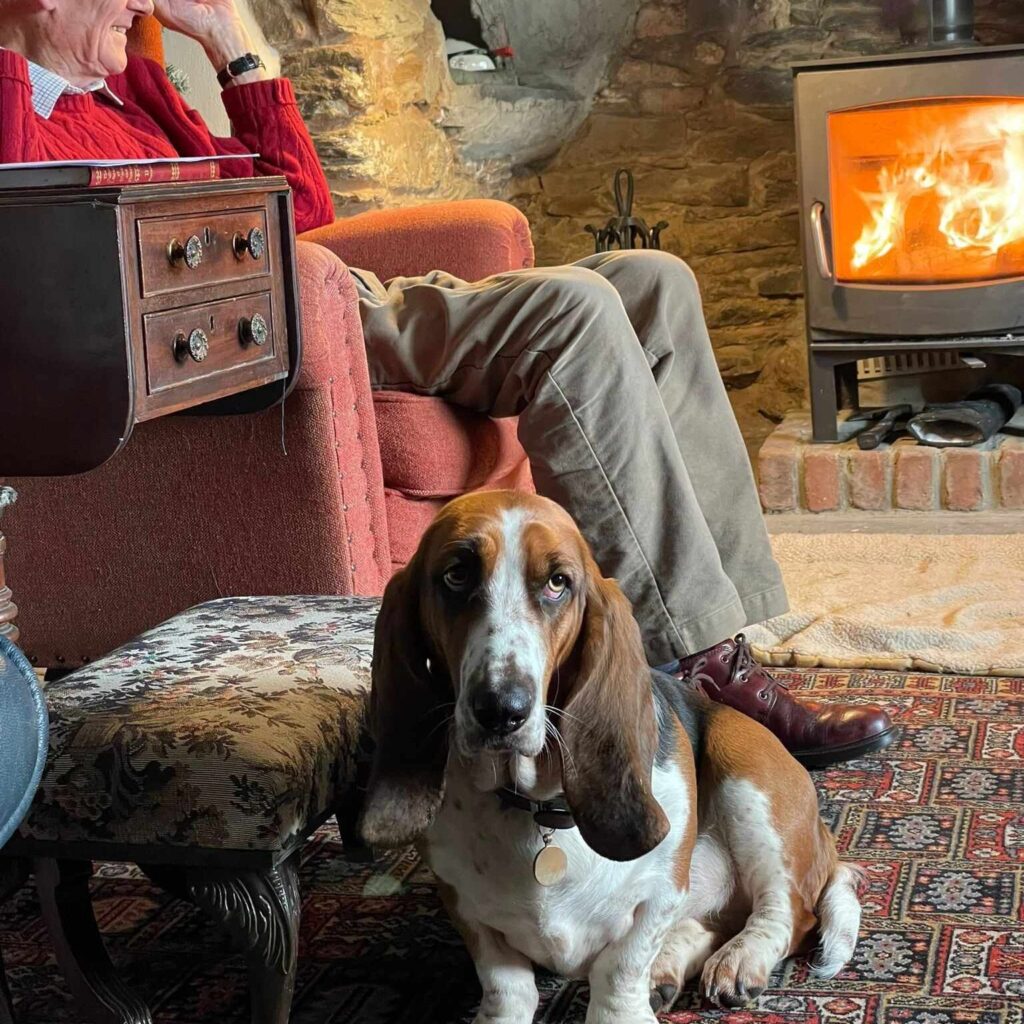
The Four Steps
Calm Your Dog: Ensure your Dog is calm and standing still.
Use a Soft Tape Measure: Wrap the tape measure around the base of your dog’s neck, where the collar will sit. This is typically just above the shoulders.
Take the Measurement: Note the measurement where the tape meets.
Add Two Inches: For a comfortable fit, add a couple inches to your measurement. This ensures the collar isn’t too tight.
Dog Collars for Different Uses
Not all collars are the same. You may need different types of collars:
Everyday Collars: Standard collars for daily use.
Training Collars: For obedience training. These include martingale collars which tighten slightly when the dog pulls so gentle correction.
Safety Collars: Breakaway collars designed to release if your dog gets caught on something so they don’t choke.
GPS Collars: Collars with built in GPS to track your dog’s location.
Collar Descriptions
Everyday Collars
Everyday collars come in various materials, nylon, leather and fabric. They are for everyday wear and can fit ID tags and leashes. Nylon collars are lightweight and come in many colours and designs so are popular for everyday use. Leather collars are more durable and stylish but require more maintenance.
Training Collars
Training collars like martingale collars are for dogs that need a bit more guidance on walks. Martingale collars tighten slightly when the dog pulls so they don’t slip out of the collar without choking them. Good for breeds like Greyhounds and Whippets with narrow heads and necks.
Safety Collars
Safety collars or breakaway collars are designed to release if your dog gets caught on something. This feature prevents choking and is good for dogs that spend a lot of time outdoors or in areas with hazards.
GPS Collars
GPS collars are high tech options that allow you to track your dog in real time. Good for adventurous dogs that like to roam. Gives you peace of mind if your dog wanders off.
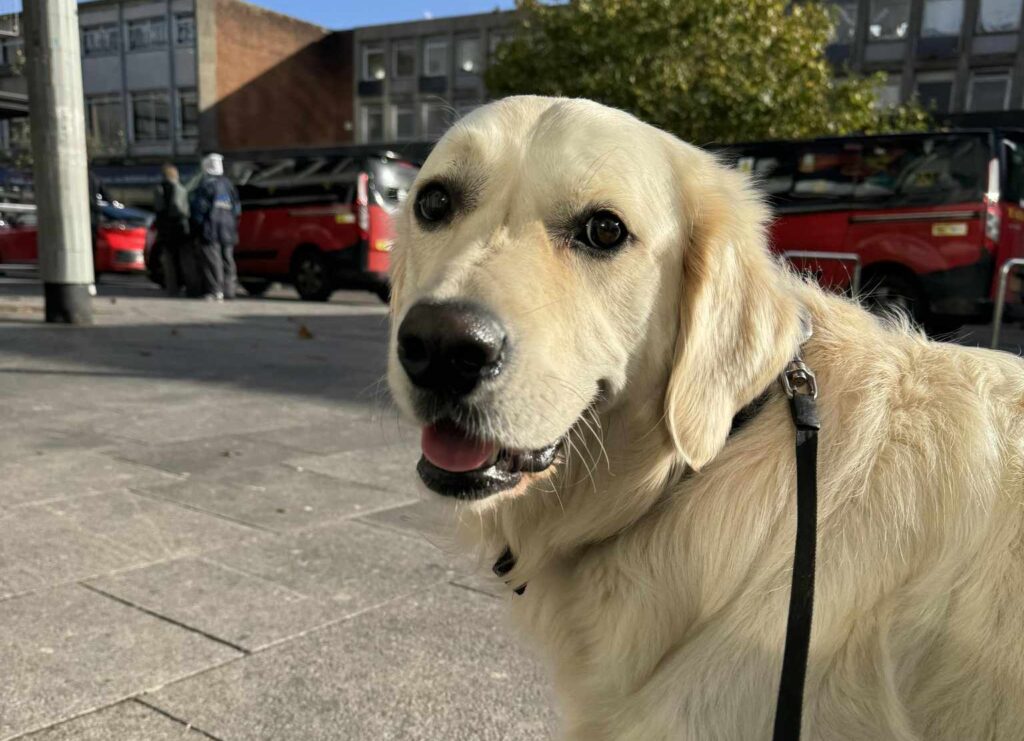
Tips for High Energy Dogs
High energy dogs need collars that can take a lot of abuse. Consider:
Durability: Choose a collar made from strong materials like leather or reinforced nylon.
Comfort: Make sure the collar is padded to prevent chafing during high activity.
Secure Fit: Make sure the collar fits snugly without being too tight, use the two-finger rule as a guide.
Maintenance
Check your dog’s collar regularly for wear and tear. Replace the collar if it’s frayed or damaged to keep your dog safe. Clean the collar occasionally to get rid of dirt and bacteria especially if your dog is an outdoor adventurer.
Cleaning Tips
Nylon Collars: Can be cleaned with mild soap and water. Let the collar air dry before putting it back on your dog.
Leather Collars: Use a leather cleaner and conditioner to keep the collar supple and prevent cracking. Don’t soak leather collars in water.
Don’t Do This
Not Measuring Correctly: Always use a tape measure and follow the steps to get an accurate measurement.
Ignoring Weight Changes: If your dog’s weight changes significantly, remeasure their neck and adjust the collar size.
Breed-Specific Needs: Consider your dog’s breed and activity level when choosing a collar.
Its the FAQ!
What size collar should I get for my dog?
To get the right size collar, measure your dog’s neck with a soft tape measure. Add a couple inches to that measurement for a comfortable fit. Refer to a collar size chart for guidance based on your dog’s breed and neck size.
How much room should there be on a dog collar?
There should be enough room to slide two fingers between the collar and your dog’s neck. That’s snug but not too tight.
How do you put a dog collar on?
Put a dog collar on by measuring your dog’s neck, adding a couple inches and making sure you can slide two fingers between the collar and their neck. Adjust the collar so it’s secure but comfortable.
How do you measure the length of a dog collar correctly?
Measure the length of a dog collar by wrapping a soft tape measure around your dog’s neck where the collar will sit. Note the measurement and add a couple inches for a comfortable fit.
What collar size for my puppy?
For a puppy start with a small, adjustable collar. Measure their neck and add a couple inches. Check the fit weekly and adjust as needed. Be prepared to upgrade the collar as your puppy grows.
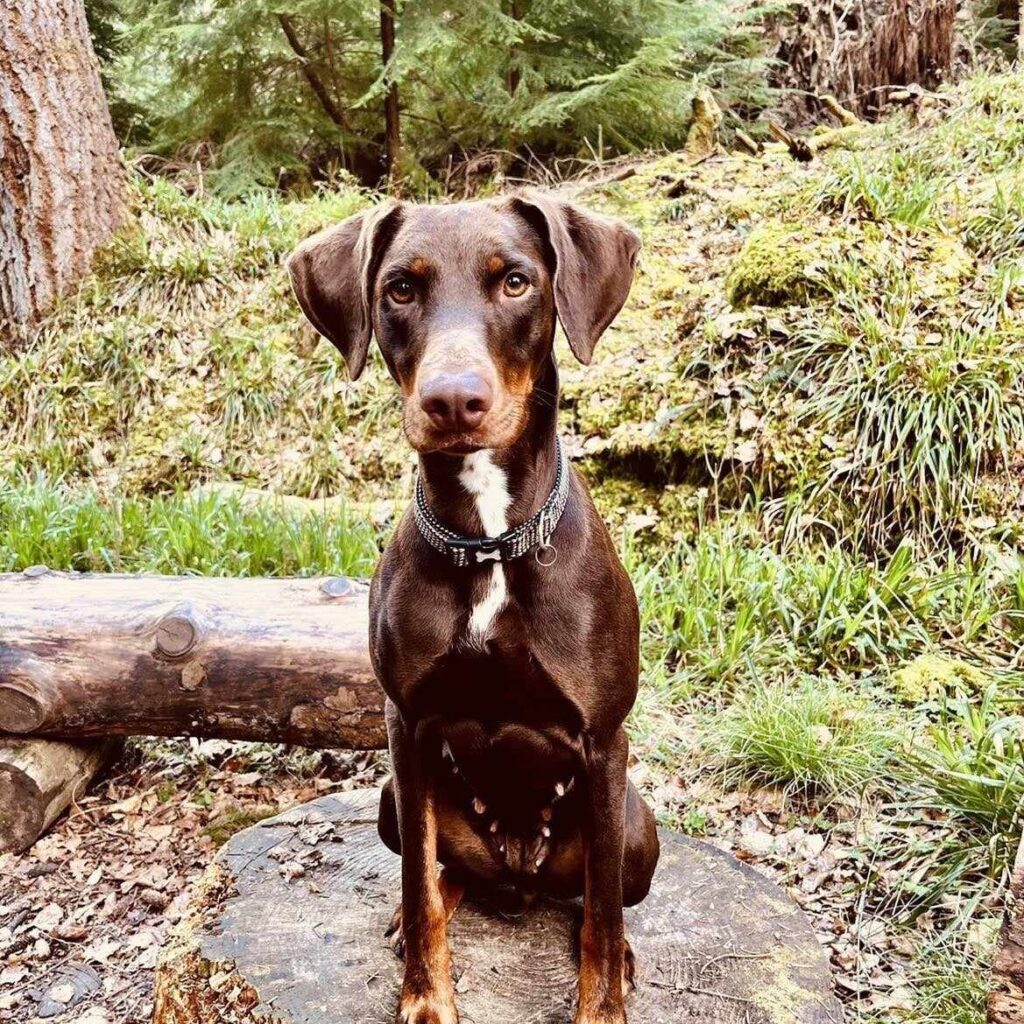
The End Part
In summary, getting the right size dog collar is important for your dog’s comfort and safety. Measure your dog’s neck with a soft tape measure, add a couple inches and use a collar size chart to get the right fit.
Check the collar’s fit regularly and adjust as needed especially for growing puppies. Remember a well fitted collar is not just a bit of gear but a key to your furry friend happy. Happy collar shopping!

